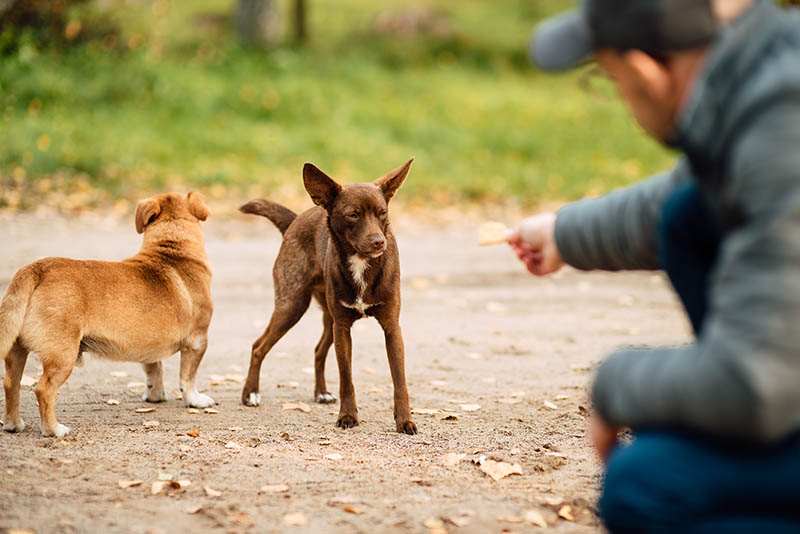My Dog Ate Grapes or Raisins: What to Do and Prevention (Vet Answer)

Updated on

Grapes (and the dehydrated version, raisins) are undoubtedly delicious, hence why they make one of the most popular snacks in our day-to-day lives. Be it on their own, or packed into treats like fruit loaf, hot cross buns, or mince pies, grapes and raisins are a staple on the daily menu of most households.
In this article, we’ll look at whether grape and raisin poisoning in dogs is serious and how we can treat it.
Are Grapes and Raisins Bad for Dogs?
Grapes and raisins are highly toxic to dogs. All ages, breeds, and sizes of dogs are equally at risk of the effects of grape and raisin toxicity, which sadly has the potential to be life-threatening.
No one knows the exact reason they are so toxic, nor if it’s the flesh or skin that’s responsible for causing the toxicity. The most recent theory is that grapes contain compounds called tartaric acid and potassium bitartrate. Dogs are unable to metabolize these compounds easily and kidney damage develops. The levels of tartaric acid and potassium bitartrate vary depending on the season, ripeness of the grape, and the grape variety.
This may explain why some dogs appear unaffected after eating grapes and others suffer severe reactions. More research is needed to solidify this theory, but as yet it’s the most plausible explanation researchers have found.
What we do know, based on many scientific reports from around the globe, is that if a dog ate raisins or grapes there is a high risk of a condition called acute kidney failure. Whilst acute kidney failure can be reversible with treatment, this is not guaranteed. All ingestion of grapes, raisins, sultanas, and food containing these items should therefore be treated as an emergency.
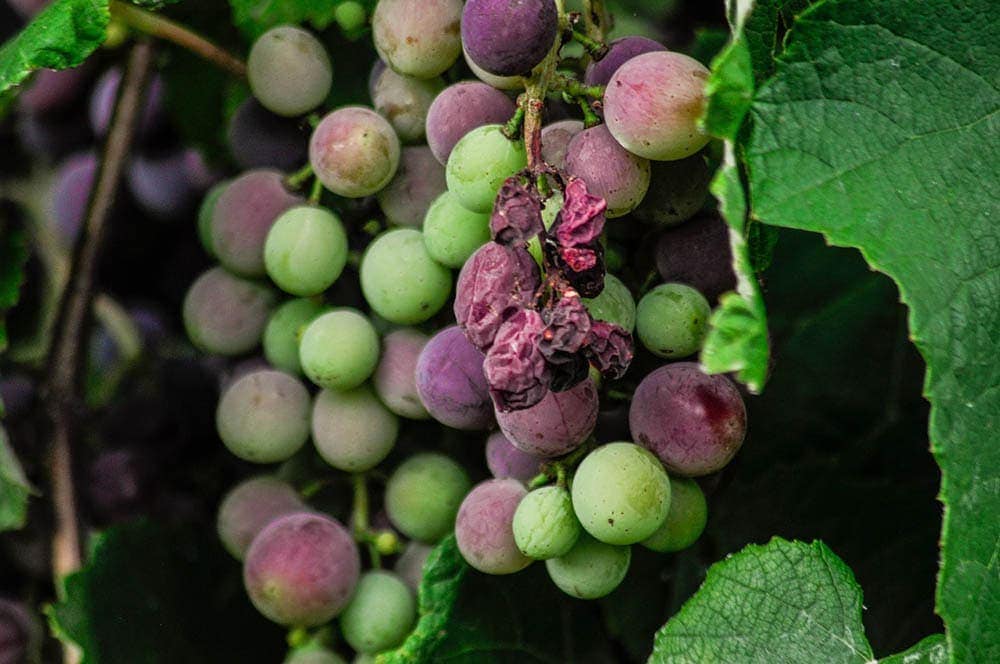
My Dog Ate Grapes or Raisins – What Should I Do?
- Step One: Remove any grapes still in your dog’s mouth if they will let you and there is no risk of injury from attempting to do so.
- Step Two: With a damp cloth wipe the outside of your dog’s mouth to try and remove any juice still present on the skin.
- Step Three: Remove your dog from the area and pick up any grapes or raisins you can see to avoid further accidental ingestion. Don’t forget to consider other animals in the house—you may want to shut them away in order to ensure they’re safe.
- Step Four: Take note of how many grapes, or raisins your dog has eaten. If you aren’t sure, estimate.
- Step Five: Phone your veterinarian (or, if they are closed, the nearest open emergency veterinarian) to explain the problem and advise that you are on your way. Even if you think your dog has only had one raisin, it’s still recommended that you call your vet for advice.
- Step Six: If the item comes in packaging, take this with you to the vet. This will be very helpful for your veterinarian to screen for other potentially toxic agents such as macadamia nuts or xylitol. The ingestion of multiple toxins may change your vet’s planned treatment.
If you have more than one dog eat grapes or raisins, all potentially affected dogs must go to the veterinarian at the same time for assessment and intervention.
What Are the Signs of Raisin and Grape Poisoning in Dogs?
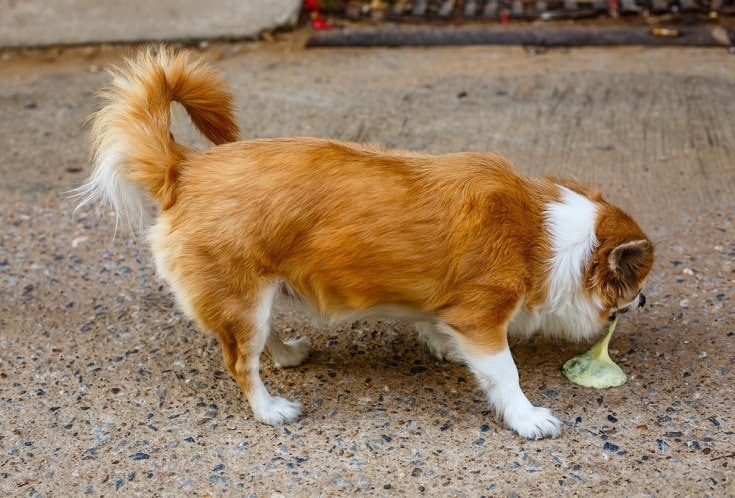
Dogs are clever at sneaking food and you don’t always catch them in the moment of raiding the pantry or grazing the leftovers. As such, it’s not always easy to know if your dog has helped themselves to a potentially toxic snack.
If your dog has eaten grapes or raisins, signs usually start around 6 hours after eating.
The signs typically seen are:
- Vomiting
- Increased thirst levels
- Weakness
- Reduced or no appetite
- Abdominal pain
- Tremors
- Collapse
- Severe cases can progress to neurological signs
- Progressive reduction in urination frequency and volume
- In severe cases, urine production stops altogether and this is a very poor sign for any hope of recovery
Signs are not related to the number of grapes or raisins eaten, so you may see all of the signs mentioned with only a small number of grapes.
My Dog Ate Grapes – What’s the Treatment?
When you arrive at the veterinary clinic, your vet will first ask you some questions. If your dog has eaten grapes within the last 4–6 hours, your vet might give an injection to make your dog sick. This fast-acting drug causes a strong urge to vomit and usually works within 15 minutes.
Food material has the potential to stay in the stomach for up to 3 hours so whilst it is unpleasant to make a dog vomit, the benefits of possibly removing some grape or raisin material far outweigh the negative feeling of vomiting. A second drug can be given to reduce the sensation of nausea after all the stomach contents have been produced.
If the grape or raisin is vomited up whole and we are quite certain there is no further risk of toxicity, your dog will be sent home with activated charcoal. This medication is given to line the gastrointestinal tract and prevent any absorption of harmful substances. However, if there’s still a chance that some raisins remain in your dog’s stomach and intestines—for instance if you aren’t sure how many were eaten—then your vet will recommend further treatment.
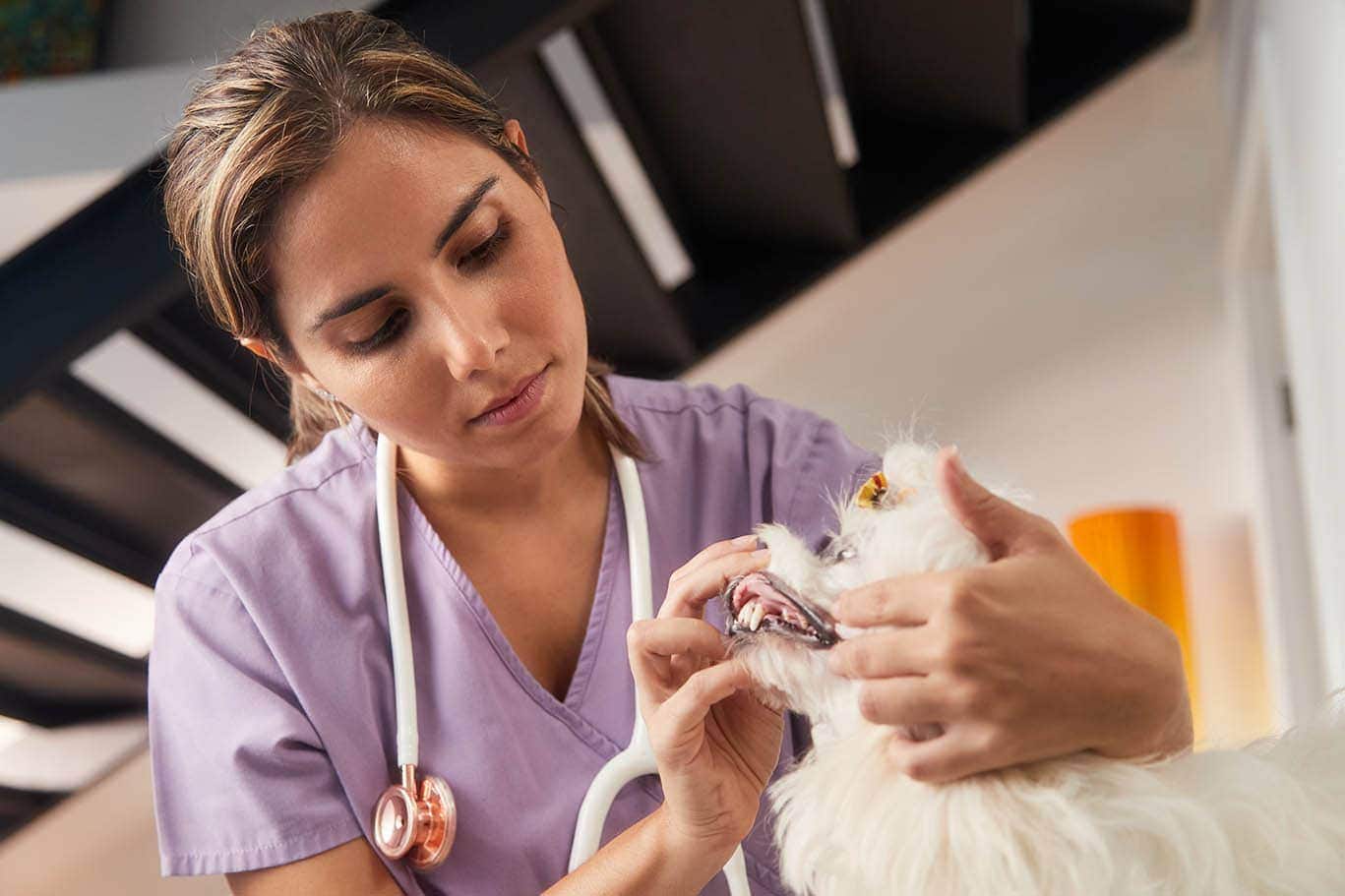
Frequently Asked Questions (FAQ)
Will my dog stay at the vet clinic?
If there is a concern that a large number of grapes or raisins were eaten, or you are not sure how long ago they were eaten, your vet will recommend hospitalization.
Intravenous fluid therapy is used to support kidney function as much as possible, and this can continue for up to 72 hours. Your vet will regularly check for signs of deterioration or improvement by measuring urine output and taking blood samples. If your dog’s urine production is falling, medications to help increase the volume of urine produced will be given.
If my dog eats grapes, is there a home remedy I can try?
Grape and raisin toxicity cannot be treated at home. Whilst it is possible to make a dog vomit at home to remove the grape or raisin, there are risks with using home remedies of hydrogen peroxide or salt. Making your dog vomit at home can lead to unwanted side effects such as salt toxicity or an infection in the lungs from inhaling vomit material. These unwanted side effects need veterinary treatment to recover completely.
Making your dog vomit is truly best left to the professionals. Even if you do manage to make your dog vomit at home, they are still at risk of permanent non-reversible kidney damage from grapes without further intervention.
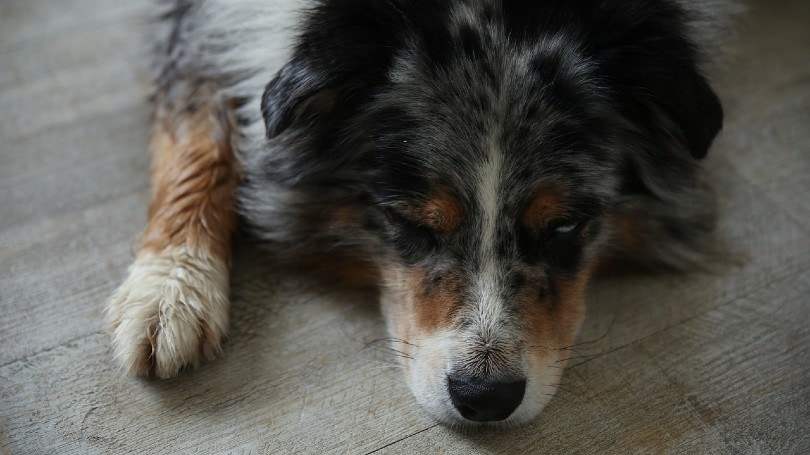
Will my dog be okay if he eats grapes or raisins?
During treatment, your vet will take regular blood tests to help guide treatment. These tests often tell us about your dog’s prognosis—their chance of recovery. If the blood values remain normal throughout treatment there is an excellent chance of full recovery. If the kidney values become elevated and stay elevated, there is a poor chance of recovery.
Some dogs are highly susceptible to grape toxicity and may either pass away or be euthanized due to the severity of clinical signs. Luckily, with prompt treatment your dog’s prognosis is good—so time is of the essence!
Will one grape kill a dog?
We currently do not know the toxic dose of raisins and grapes. Reports have shown toxicity from half a grape per kilogram. Generally speaking, the more grapes or raisins ingested per kilogram of body weight, the more likely we are to see more severe clinical signs. Although this is not always the case, and there have been records of dogs suffering severe signs of toxicity after ingesting only a few grapes.
As a vet, I’ve made a 150lb dog vomit for half a grape. Until we know more about why some grapes are more toxic than others, and why some dogs are more susceptible than others, it’s best to treat all cases with the same level of care.
Prevention
Preventing grape and raisin toxicity is far less traumatic than treating it. Keep baked goods and fruits out of reach of pets, and store baking supplies in lockable containers to add an extra layer of defense. If your dog is known to sneak food, keep them occupied in a separate room or in their crate with a stuffed Kong whilst food is served.
Often people who don’t own a dog have no idea of the toxic nature of grapes and raisins. Take time to talk to your guests, especially children, about the risks of feeding grapes to your dog.
Conclusion
Grapes and raisins might seem like tempting, tasty snacks for your dog, but have the potential to be life-threatening when eaten. Always contact your veterinarian if you see or suspect your dog has eaten grapes or raisins. Whilst not all cases of grape and raisin toxicity will make a recovery, overall there are many dogs who survive and return to full health after veterinary treatment.
Featured Image Credit: Pixabay



